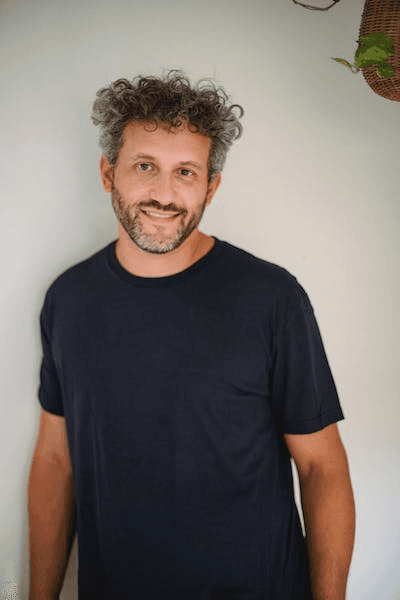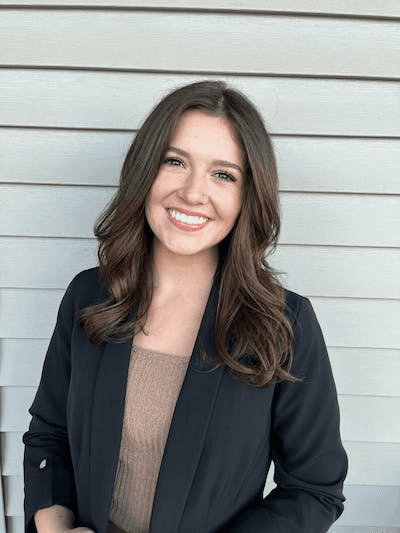Know your Lung Cancer risk
before it’s too late: a case study
Lung cancer remains the leading cause of cancer-related deaths worldwide (around 2 million deaths each year), and it’s often detected too late. At TrueYouOmics, we’re changing that.
By combining deep multi-omics with lifestyle data, we’ve built a model that predicts lung cancer risk with surprising accuracy, giving individuals and healthcare providers the insights they need to act early.
Why does early detection matter?
Every year, over 10 million people die from cancer, and nearly half of those deaths could be avoided with better prevention and early diagnosis.
Lung cancer, in particular, is deadly because it’s usually caught at a late stage, where survival rate after 5 years is around 9%. That’s where our work focuses on detecting who is at early risk, since the disease could be avoided with lifestyle changes or detected at early stages, where the survival rate after 5 years is around 65%.
What we did: risk stratification via Multi-Omics
Using a dataset comprising over 50,000 individuals from the UK Biobank, we developed a machine-learning model that categorizes them into low and high-risk groups for lung cancer.
To validate these risk groupings, we calculated the percentage of individuals in each category who were diagnosed with lung cancer within five years of their blood sample collection, effectively measuring the incidence rate. We then compare it to the general lung cancer incidence observed in the general population.
Low-risk group
0.01%
General incidence
0.38%
High-risk group
1.03%
The green box (0.01%) represents the subset identified by our model as low-risk, they exhibited an exceptionally low rate of developing lung cancer.
The blue box (0.38%) displays the lung cancer incidence in the general population, independent of risk stratification.
The red box (1.03%) indicates the proportion among individuals classified as high-risk, demonstrating a considerably higher likelihood of disease development.
This indicates that individuals we classified as high-risk are 100 times more likely to develop lung cancer over five years compared to those identified as low-risk.
Survival matters: What the data shows
Our Kaplan-Meier survival analysis reveals what this means over time:
• People in the low-risk group show almost perfect survival probability over 5 years.
• Those in the high-risk group see a noticeable decline in survival.
Can we trust the model? Yes, here’s why.
We rigorously validated our model across cross-validation folds, demonstrating its strong predictive performance:
• The Area Under the Curve (AUC) remains consistently high over the entire five-year period, confirming the model's sustained ability to distinguish between risk groups.
• We observed a concordance index of approximately 0.88. This is notably above the 0.5 expected from random assignment (i.e., flipping a coin) and close to the ideal value of 1.0, indicating excellent model performance.
How do we compare to existing clinical tools?
A valid test must outperform the tools already used in today’s clinics.
We therefore first benchmarked TrueYouOmics against a risk score derived from routine blood-panel values, the kind ordered every day in hospitals, clinics, or by consumer services such as Function Health.
Performance was evaluated on the ability to predict a participant’s risk of developing lung cancer within five years of the blood draw, using the Area Under the Receiver Operating Characteristic curve (AUROC).
An AUROC of 0.5 corresponds to random guessing, while a perfect model scores 1.0; the closer the curve is to the upper-left corner, the better the classifier.
As shown in the figure below, our model (blue) achieves an AUROC that is roughly 12 percentage points higher than a model trained on standard blood values alone (green), a difference that is statistically significant (Mann–Whitney p < 0.05).
Next, we compared TrueYouOmics with the clinical risk calculators most commonly used for lung-cancer screening—LCDRAT, Bach, and PLCOm2012—which rely on demographic and lifestyle variables such as age, sex, ethnicity, smoking history, and comorbidities.
TrueYouOmics delivers an AUROC about 8 percentage points higher than the best of these tools. Beyond this superior accuracy, our assay requires only a single blood sample (no questionnaires or chart review) and can simultaneously provide risk estimates for many other diseases, whereas the traditional calculators are limited to lung cancer alone.
Can I even reduce my lung cancer risk?
Absolutely. Knowing where you stand is the first, and often the most decisive, step toward changing your odds.
As we explained above, when lung cancer is caught or prevented before symptoms appear, survival can improve dramatically.
A personalized risk score does two things:
It turns vague advice into urgent, targeted action. Generic messages like “eat well and exercise” are easy to ignore; learning that you are in the top-risk bracket makes every safeguard feel non-negotiable.
It opens the door to earlier screening and treatment. Low-dose CT scans can detect tiny, curable tumours years before a cough or weight loss would send you to the doctor.
Think of it this way: if a mechanic told you there was a 90 % chance your brakes will fail anytime within five years and lead to a likely deadly accident, you wouldn’t drive another day without fixing them. The same logic applies to your lungs, except the “repair” is largely in your hands.
Knowing your risk early gives you the power to take action:
• Stop smoking and avoid passive smoke. Risk falls by ~40 % within five years and keeps dropping; after ~15–20 years it can approach that of a lifelong non-smoker.
• Measure radon in your home or workplace, as 6.7% of US homes have elevated levels, and, in people who have never smoked, about 26% of deaths caused by lung cancer have been linked to being exposed to radon. If you do have high levels of radon at home or workplace, radon reduction systems can lower radon levels by up to 99% and reduce your radon-related risk for lung cancer up to 50%.
• Avoid exposure to asbestos, as the World Health Organization (WHO) estimates about 125 million people are still exposed occupationally to asbestos and it is responsible for about 37.5% of all occupational lung cancer cases worldwide. Avoiding or ending asbestos exposure can reduce the excess risk of lung cancer by 100% over 20 years.
• Eat more fruits and vegetables, as their micronutrients and anti-oxidants help repair DNA damage and modulate carcinogen metabolism. This can reduce your lung-cancer risk up to 20%. Aim for at least 400 grams (about 5 servings) of fruits and vegetables per day: leafy greens, cruciferous vegetables (broccoli, cabbage), carrots, tomatoes, berries, citrus, melons, and all colors of produce. And be careful with vitamin supplements like beta-carotene (source of Vitamin A), as it might increase the lung-cancer risk in smokers.
• Stay physically active as regular aerobic activity improves pulmonary clearance of carcinogens and reduces systemic inflammation, representing up to 20% risk reduction. Aim for at least 150 minutes of moderate-intensity aerobic exercise per week, such as brisk walking, cycling, swimming, jogging and interval training.
Small changes -> Big difference.
The most comprehensive
blood test available
Hyper-Personalized, AI-Powered Insights for
High Achievers
92
days
:
14
hours
:
23
minutes
:
53
seconds
Left Until Early Access Launch
288











